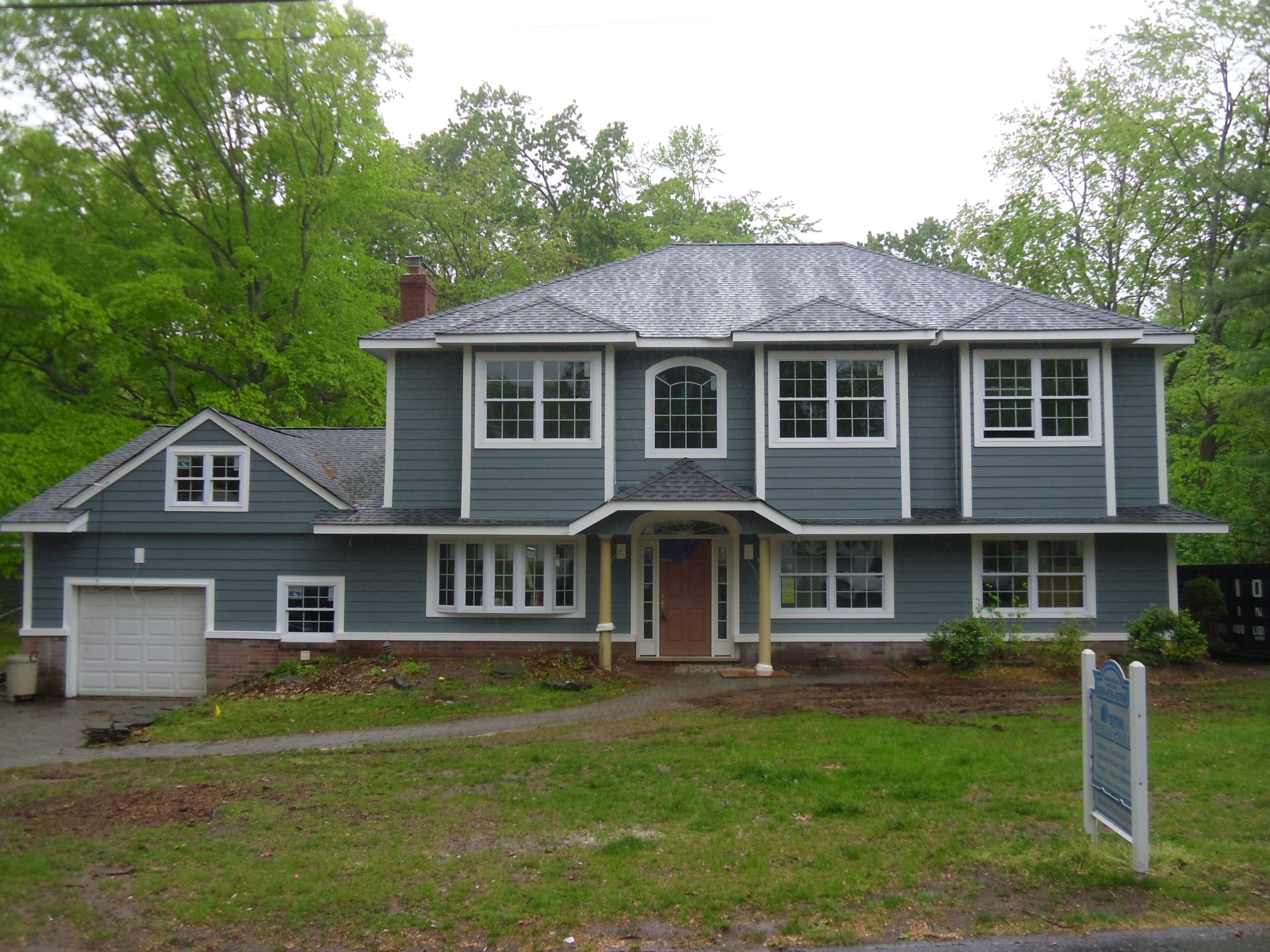
A rooftop ventilation system regulates the temperature and humidity both inside and outside of the building by releasing hot air and moisture from the attic and roof area. Precise planning and execution is essential for adequate airflow to protect the roof from weather damage and wind gusts.
Plus, a well-designed framework will manage the admission and exhaust ventilation under the roof so that heat goes back into the living area instead of being quickly sucked out through vents. This would too often result in higher costs for warming and cooling.
Whirlybirds, or turbine vents, are ventilation systems that use the wind to cool our homes by creating a vacuum. The exterior has a bulbous structure with blades that rotate in the breeze. This causes hot air to be forced out of roof depressions and cooler air to enter your home. Whirlybirds are not only a great way to improve the efficiency of regular ventilation systems, but they are also easy and cheap to install.
Vents are an often overlooked but crucial element in a well-designed ventilation system. They are easy to install and don’t use any energy, making them very cost effective. If you’re looking for a more reliable option, mechanical or sunlight-based rooftop ventilation may be a better choice for cooling a large home.
Edge vents are rooftop vents that are positioned at the edge of the roof. We made two cuts in the top layer of the roof and inserted this vent with a cross-section on the internal layer to keep insects out. After installing the edge vent, an edge cap is added on top to complete your rooftops fantastic look while also preventing bugs or other small objects from getting into your upper room.
The storage room ventilation framework should have the ability to take in and let out air from the loft. The upper room space should be continually ventilated by having outside air flow through it regularly via an effective loft ventilation system.
The temperature in the loft will become warm as air rises and circulated throughout the space. The edge vent is used for ventilation because it doesn’t require any electricity, which makes it ideal for a storage area.
These are only a few of the numerous choices of roof vents available for your home roof. Our experienced team at GTFM can help you figure out the best design and installation options for your home. Contact us today and get a free consultation!